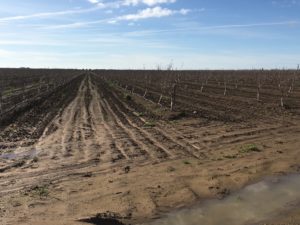
Rains make fields muddy, limiting orchard access. Driving on wet soils causes compaction, which impacts long term orchard productivity.
California, the land of extremes. Five years of drought and now unprecedented rain events that are leading to floods. Truth be told, this is the way California has always worked. How else did we end up with several hundred feet of alluvial top soil in the Central Valley?
Never-the-less, the high amounts of rain are being felt everywhere. Fields are saturated preventing access, rivers and sloughs have breached their banks flooding towns and fields, mud slides have closed roads, and snow has blocked passes. We are expected to get another 1 inch or so of rain this week, bringing our total for the central part of the San Joaquin valley to around 200% of normal. I suspect that there will be much more rain to come.
These rains impact farming tremendously. It hinders the ability to harvest crops, makes it nearly impossible to perform orchard operations, increases the requirement of fungicides, and just makes one tired of the mud. Simply stated, work is harder, slower, and not as much fun. Of concern in my mind is the inability to winter sanitize and prune trees, which will impact the entire season’s operational practices and budget. Cleaning up our orchards in the winter reduces the overwintering populations of tree pests like Navel orangeworm, reduces worker injury by removing dead or diseased limbs, and provides the ability to apply compost to build our organic material.
Too much water also kills trees. Prolonged periods of saturated soils leads to root loss and tree decline. Trees that are within these areas often have stunted growth or die. Often, other diseases like Phytophthora then move in and kill the the struggling tree. If the rains continue, there is a good chance we will see a lot of trees die this coming spring.
I always get teased about why farmers talk so much about the weather. Many think it is because it is something they can not change. Although this is true, I believe that it is due to how much it impacts every thing we do.
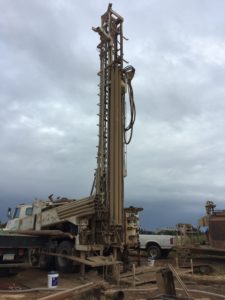

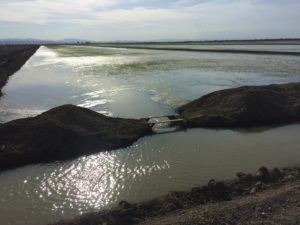
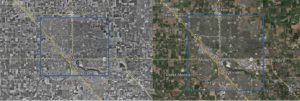



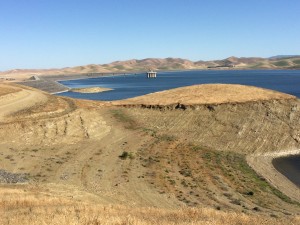

Recent Comments